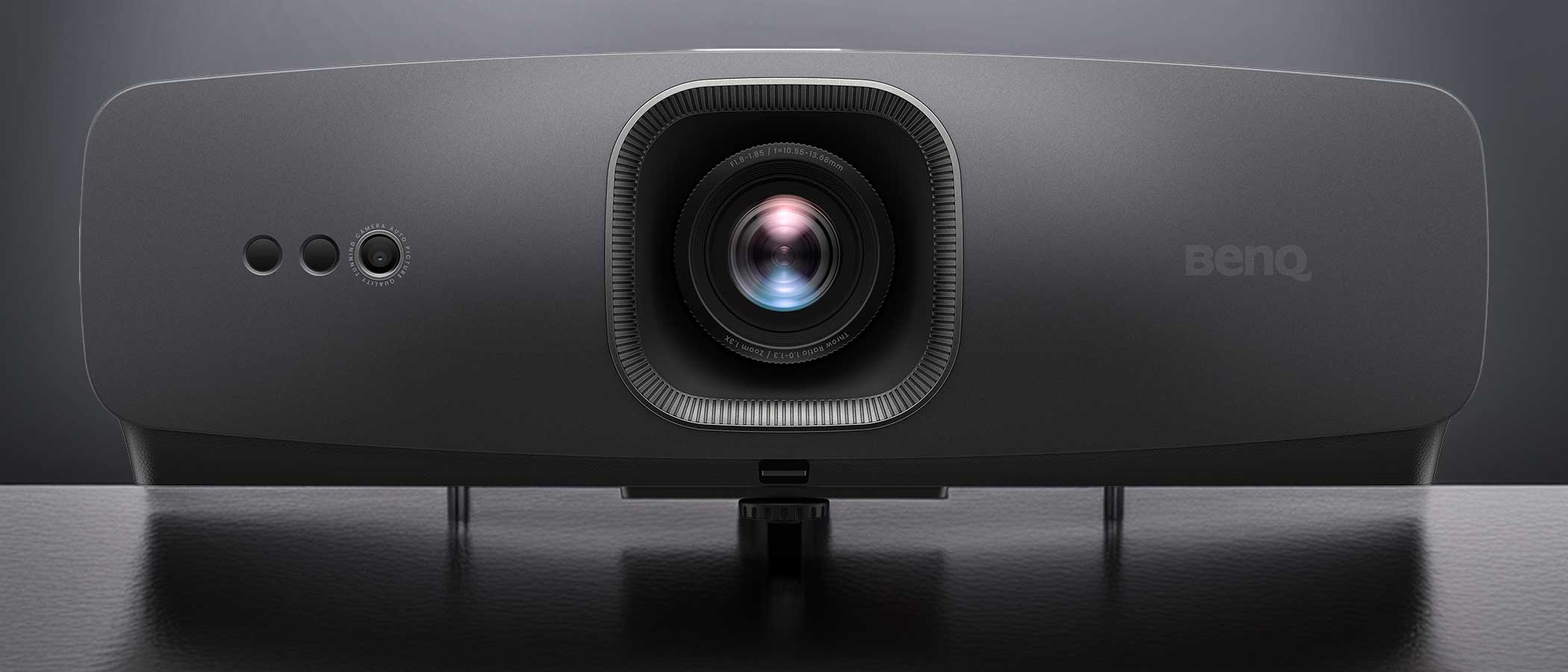Sound+Image Verdict
A complete deal for those wanting a smart interface with a proper bigscreen long-life light source and remarkably reasonable pricing.
Pros
- +
True Ultra-HD resolution
- +
Excellent blacks and colours
- +
Long lamp life
Cons
- -
No Dolby Vision
- -
Excessive intervention required for smooth-streaming 50Hz content
Why you can trust What Hi-Fi?
BenQ is back with its latest reasonably-affordable Ultra-HD home theatre projector, the W2720i. The ‘i’ suffix marks that this projector is not just a passive unit, ready to accept signals from external devices, but also has network streaming capabilities itself. We’ll return to those streaming functions, but first let’s look at the BenQ W2720i as a display engine.
Build & features
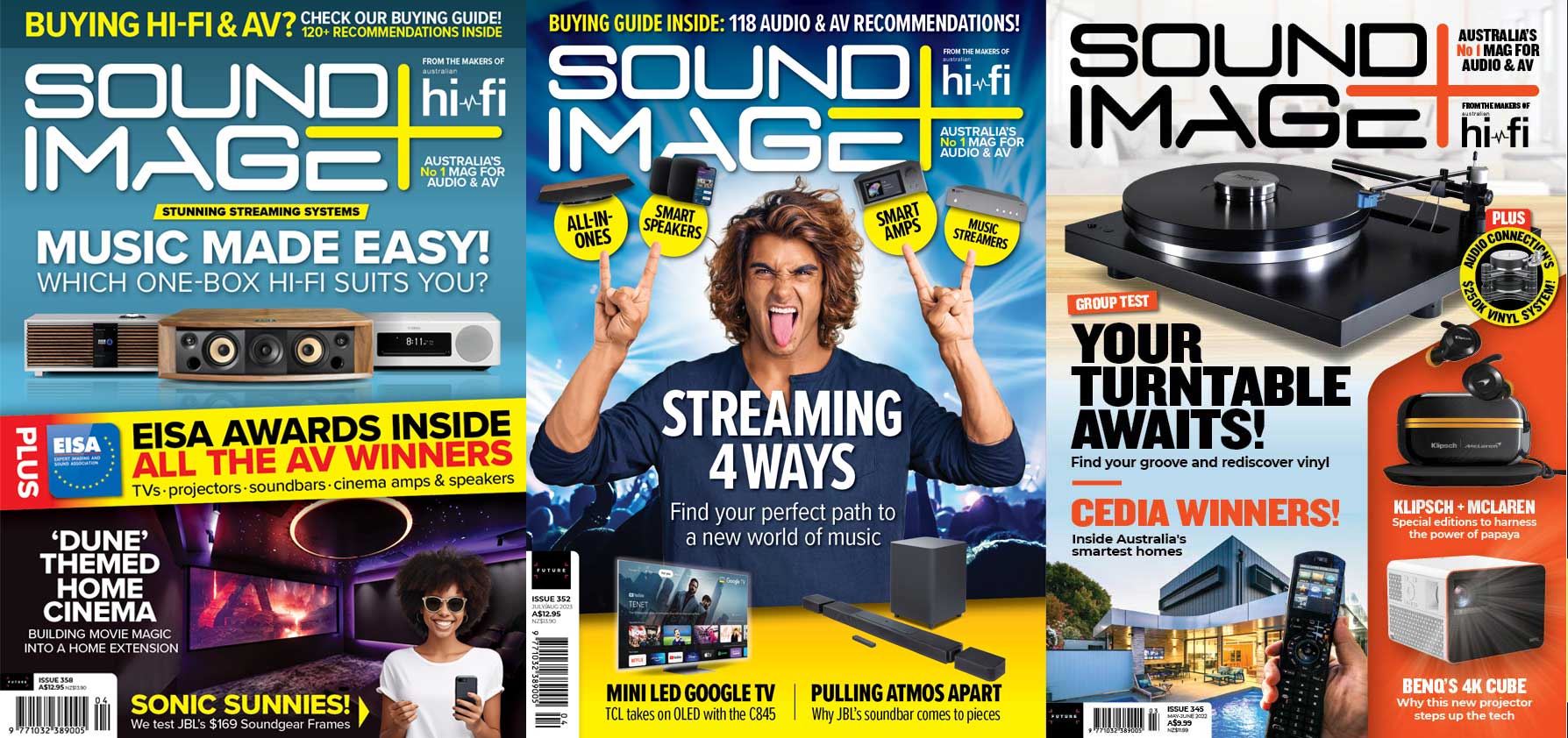
This review originally appeared in Sound+Image magazine, Australian sister publication to What Hi-Fi?. Click here for more information on Sound+Image, including digital editions and details on how you can subscribe.
Initially we assumed that the W2720i would be a modest upgrade of the W2700, which we reviewed some – goodness! – six years ago. But the upgrade is far from modest. As a display engine the W2720i is quite a different creature.
To start with, this new model is 50% heavier than the W2700, and larger on all three dimensions. It feels weighty and solid when you lift it, inspiring confidence.
The older model had a quite long-life lamp, but it was conventional. The W2720i upgrades that to a LED-based light engine with 20,000 hours of life in the hungriest modes, and 30,000 in eco mode. That 20,000 hours represents more than 13 years of viewing four hours per day.
Presumably it’s the LED illumination which helps bump up the specified output from 2000 to 2500 ANSI lumens, and the contrast ratio from 30,000:1 to two million to one! (BenQ specifies that last as ‘FOFO’, for full on/full off.) Also featured is improved video processing, including an AI picture mode.
As has been BenQ’s habit in recent years, it powers its Ultra-HD image with a 0.47-inch (12mm) Digital Micromirror Device from Texas Instruments, not the larger ones, nor those with higher physical resolution. The actual number of mirrors on the device is a little over two million, due to its 1920 × 1080-pixel resolution. The final Ultra HD – 3840 × 2160 pixels – is achieved by means of ‘pixel-shifting’ technology. Each physical pixel is used to display four pixels of the image in sequence, shifting then in a two-by-two grid in the time taken for each frame.
(We remain surprised that a consumer-level native 4K or UHD DMD has yet to
be made available, but there are likely physical problems with it. If that many pixels were stuffed into a small DMD, then the inter-mirror spaces would be larger in proportion, leading to an intractable ‘screen-door’ effect. And a larger DMD would require a physically large projector. So pixel-shifting it is.)
The latest hi-fi, home cinema and tech news, reviews, buying advice and deals, direct to your inbox.
The resulting image is projected through a moderately short-throw optical system with a 1.3:1 zoom range. For a 100-inch (2.54 metre) diagonal, the projector needs to be placed between 2.214 and 2.878 metres from the screen. Also included is a vertical lens-shift control for easier matching of projector to screen.
There are three external HDMI inputs, all supporting Ultra-HD signals and HDCP 2.0. One adds ARC support, allowing sound to be sent back via HDMI to a home theatre receiver. Another supports 120Hz frame rates, for high-end gaming systems.
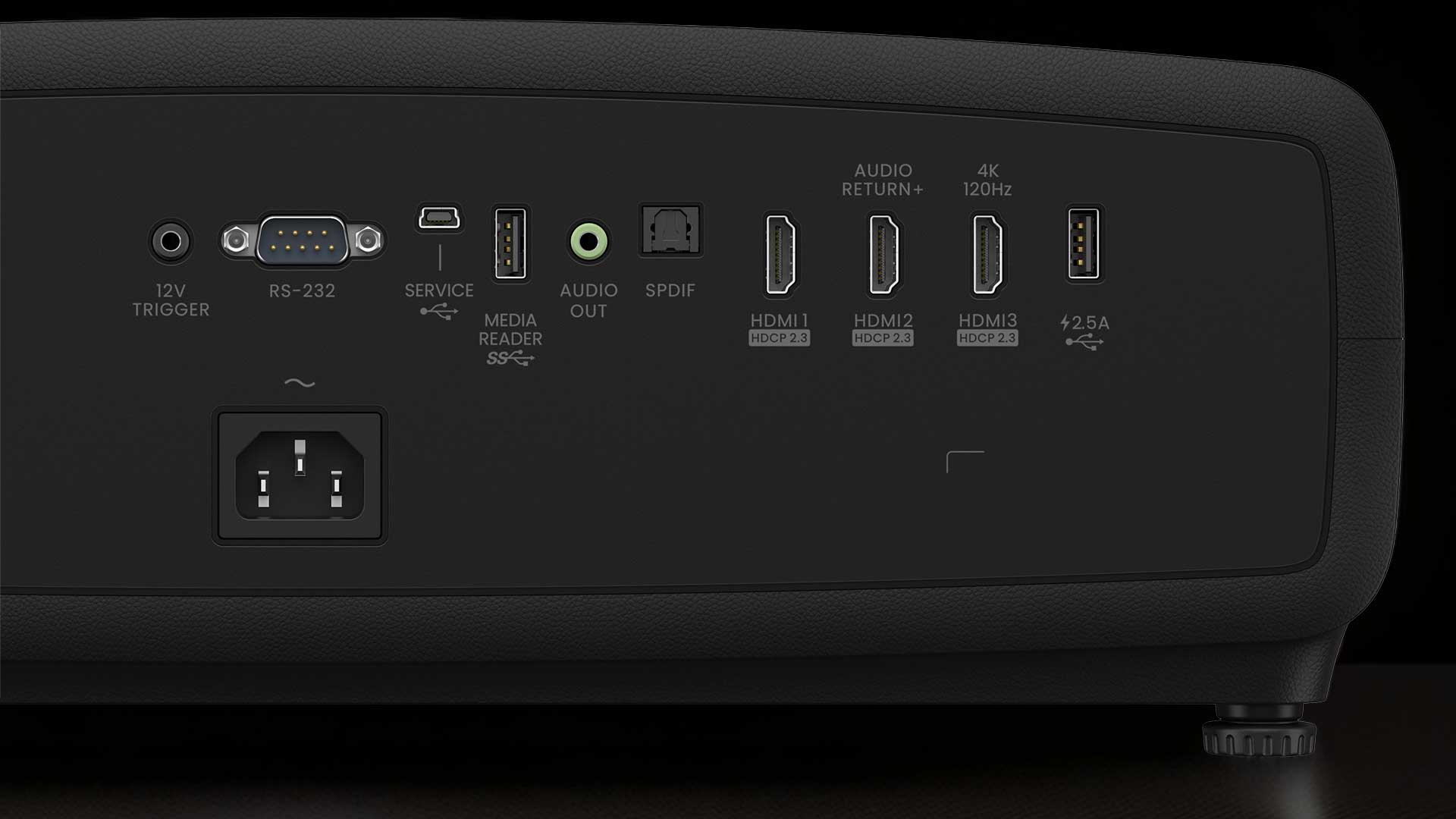
Setting up
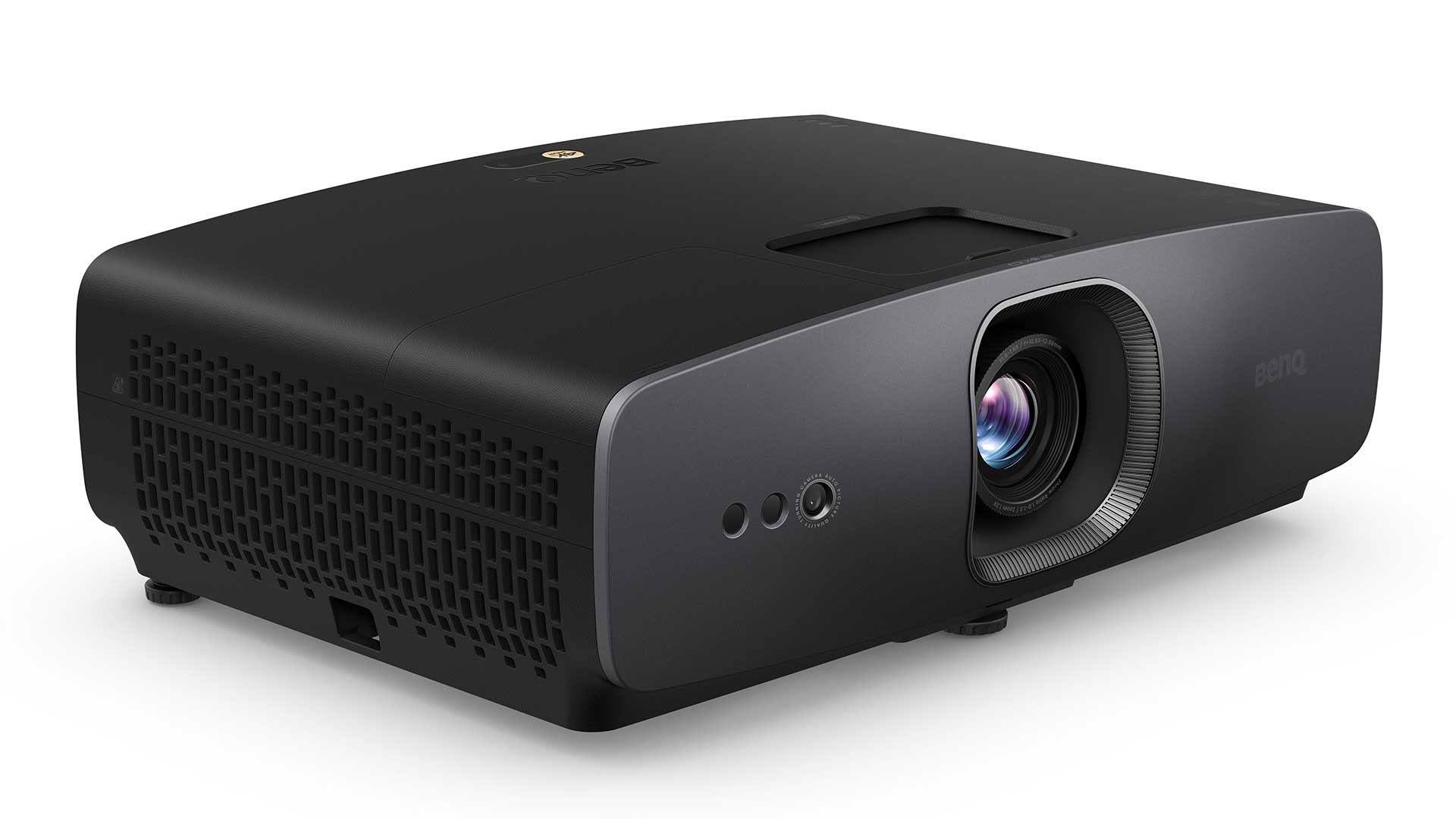
Projection technology: 12mm (0.47-inch) FHD Digital Micromirror Device with XPR 4x pixel shifting technology
Resolution: 3840 x 2160 pixels
Lamp: 4LED
Lamp life: Normal 20,000 hours, Eco 30,000 hours, Dynamic 20,000 hours
Contrast ratio: 2,000,000:1 (FOFO)
Brightness: 2500 ANSI lumens
Inputs: 3 x HDMI (3 x UHD, 1 x ARC, 1 x 4K@120Hz, 3 x HDCP 2.3), Android TV
Outputs: stereo audio (3.5mm), optical digital audio
Other: 1 x RS-232C, 1 x USB (to supply 2.5-amp power), 1 x USB (media playback), 1 x USB Mini-B (firmware upgrades), 1 x 12-volt trigger
Audio: 2 x 5W speakers
Dimensions (whd): 420 x 143 x 305mm
Weight: 6.4kg
Warranty: Three years or 20,000 hours LED; one year for accessories (remote, QS02)
There’s one tiny little innovation on this projector, probably cost-free to BenQ, that we haven’t noticed before. On the underside, the centre of gravity is clearly marked. This is tremendously helpful for balancing a ceiling-mounted projector.
As with several earlier BenQ projectors, the smart/streaming stuff is handled by a dongle – though the word ‘dongle’ is not entirely fair, as the QS02 device is very compact, with a mini-HDMI output on one end and a MicroUSB socket on the other, and it slips into a purpose-designed bay inside the projector – the cables for power and picture are contained therein. So for all practical purposes it simply becomes part of the projector. The only reason we can think of as to why it isn’t fully built in would be that there may be markets where this feature isn’t wanted or can be varied.
The QS02 is an Android-TV device, which means it works with a wealth of Google apps. It has its own selection on the list of projector inputs (where it’s called Android TV). If you use an Android phone, as we do, setting this up is super easy. We told our phone (by voice) to set up a new device. Within a couple of seconds, it identified the QS02. It asked for a few authorisations, and with no further ado connected to our network.
It was fairly slow to perform a firmware upgrade – it took maybe 20 minutes, but Android/Google TV often does – and it all worked smoothly. Most of the streaming services we wanted were already installed, and we added a few more easily from the Google Play Store.
When you first switch on the projector, it displays a question panel, asking you the projector’s orientation, so that you can get the image on the screen straight away. After that, it performs an autocalibration using a black-and-white test pattern. Early in the piece, it also asked us to pair the included remote control. This is a dual-function remote, operating some of the basic projector functions via IR, and also the smart module via RF. Pairing was fast and easy, as guided by the on-screen display.
At some point during the set-up, the projector seemed to have applied a modest amount of vertical keystone correction. That might be something worth double-checking for those installing the projector, since this always degrades the image. There’s a dedicated access key on the remote so it’s easy to check.
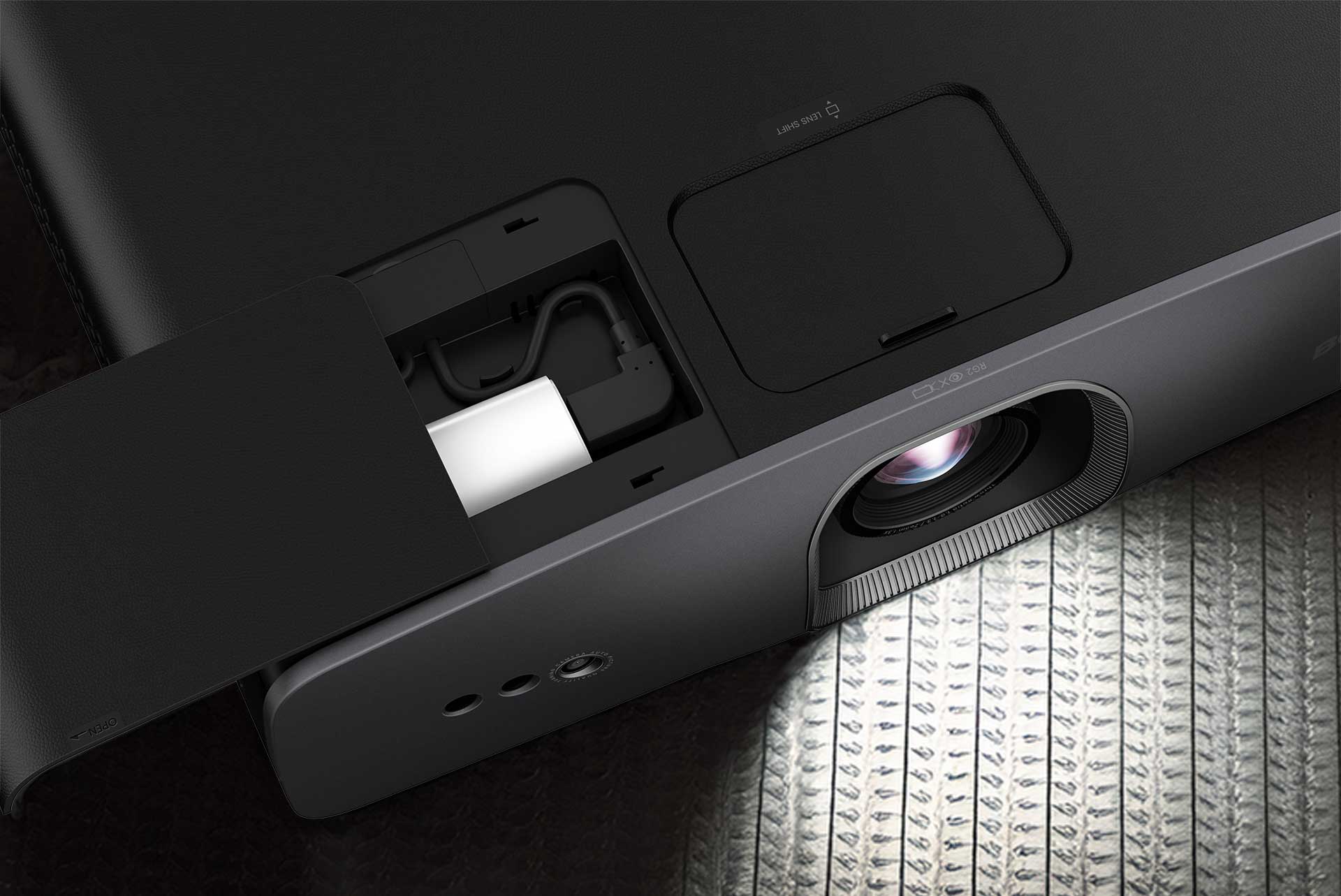
Viewing sessions
It would be a brave reviewer indeed to argue that the grey scale or colour mapping is imperfect, given the specific (i.e. the serial number of the projector is printed on it) factory calibration report included with the projector. On the grayscale chart, any variance from the 2.4 reference was invisible to our eyes – the measurement line exactly tracked the reference line – and so inaccuracy would seem to be well under, perhaps, 0.1 percent. The Rec.709 colour gamut seems to be a perfect match from the graph (BenQ specifies it at 98% coverage), which means that standard Blu-ray, DVD and broadcast TV is displayed to virtual perfection.
The wider DCI-P3 standard is 90% matched, says BenQ, with what looks to be a little more coverage on one axis and a little less on the other. Rec.2020 isn’t mentioned. Finally, the Delta E measurement is 0.63. Delta E is a measure of the difference between a display colour and the standard. Anything less than 1 is regarded as imperceptible to the human eye.
In actual use, the image quality was extremely impressive, and often stunning. Top-notch TV shows like Scrublands were cinematic in their delivery. Studio TV shows were beautifully detailed, yet remained naturalistic.
Things took a step up with Ultra-HD Blu-ray as a source. While such contrast figures as two million to one probably don’t properly reflect real-life performance, the BenQ W2720i did manage to deliver a depth of black, and contrast range, that left nothing to be desired. The subjective sense of blacks when viewing in a darkened theatre was that they were complete.
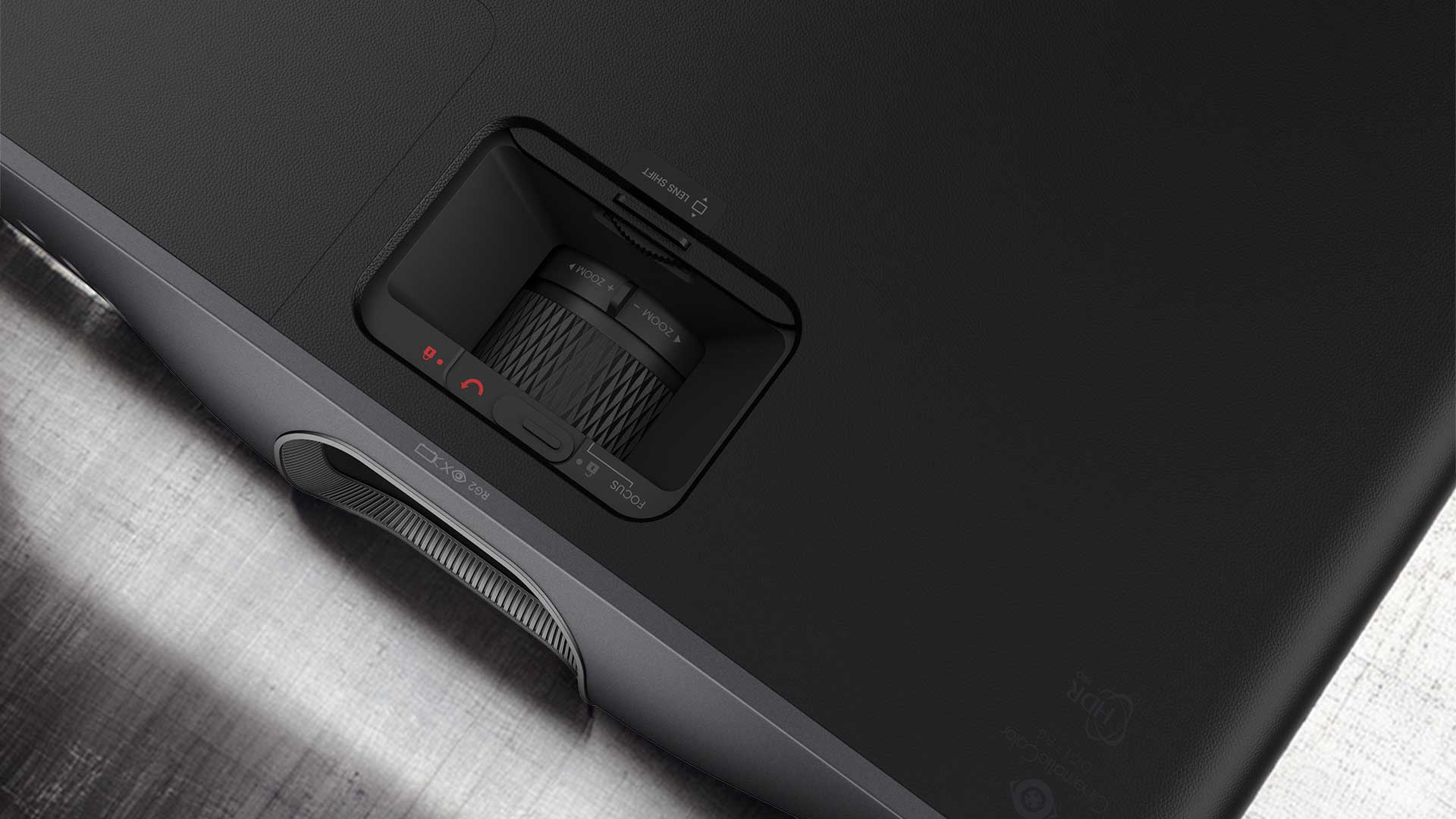
Sometimes the AI processing was distracting. A pan across a dark scene, bringing a brighter sky into the shot could result in a still-dark area also getting a surprising boost in brightness. In the end, we switched to “Filmmaker” mode, rather than AI, for more consistent and just as impressive picture performance.
In terms of resolution, our Ultra-HD test pattern showed that the projector displayed all 8-million-plus pixels, albeit in a very slightly smudgier way than on, say, a panel display. That said, even though we sat close, the subjective sense of sharpness was first-class.
We paid particular attention to the smoothness of motion. First, high-frame-rate (60fps) Ultra-HD was beautifully managed, looking even sharper and more detailed than regular Ultra-HD.
Regular 24fps content was nicely handled too, for the most part. In material which has been shot for too short an exposure time, resulting in noticeable judder, the judder made it right through to the display screen. At first we couldn’t see any motion-smoothing options because, for some reason, they are in the picture menu under “Advanced Color Settings/Cinemaster”, and off by default. But there you can switch on “Motion Enhancer 4K”, choosing one of three levels. The levels seem to control the number of frames created and threaded between the original signal frames. The high level made our go-to test silky-smooth without leaving any sense of the soap-opera effect, without seeming to wash out film grain, and with only minimal (barely noticeable) picture artefacts in the most susceptible places.
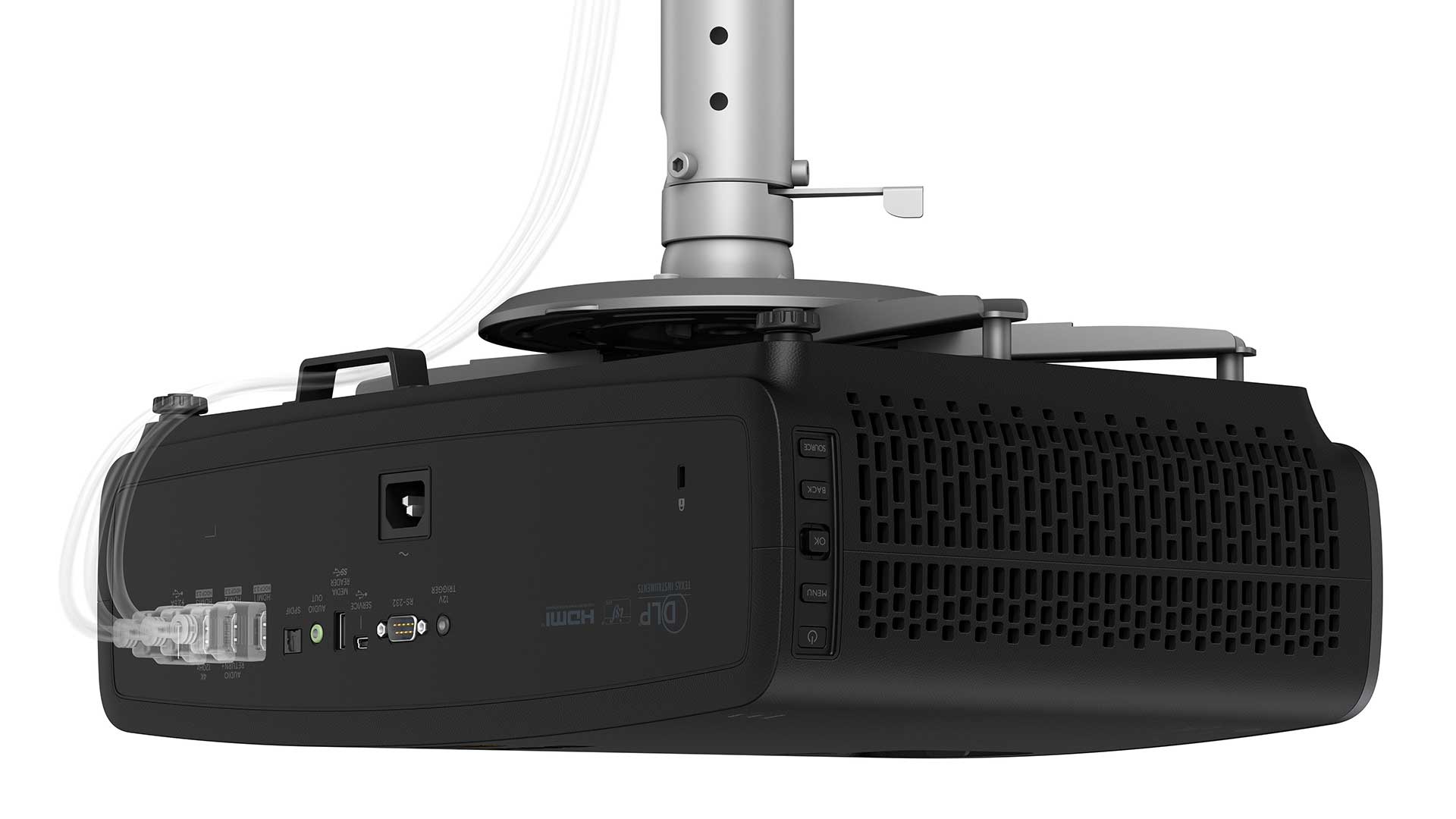
With our interlaced 50Hz test discs, both DVD and Blu-ray were very nicely handled, with fast switching between bobbing and weaving processing, and good motion-adaptive processing operating in different parts of the screen when required. Occasionally we noticed some of the kind of judder that marks 50 hertz material played at 60 hertz. We found that Motion Enhancer 4K eliminated that. We thought that too was tied to the AI picture mode, but when we double-checked, later, we were unable to replicate the judder.
The QS02 streamer by default outputs at 60Hz, even if it’s playing the likes of 9Now and other Australian streaming services which run at 50Hz. This looked a little jerky, although less so than we expected. It can be corrected, if you’re bothered by it, by going into the Android set-up menu (which is separate to the main projector menu), then drilling down through Device Preferences, Display and Sound, to Screen Resolution and, therein, Display Mode. There are plenty of options. We found that 4k2K-50hz was ideal for 9Now. But if you don’t want to do such fiddling, the Motion Enhancer takes the edge off the judder.
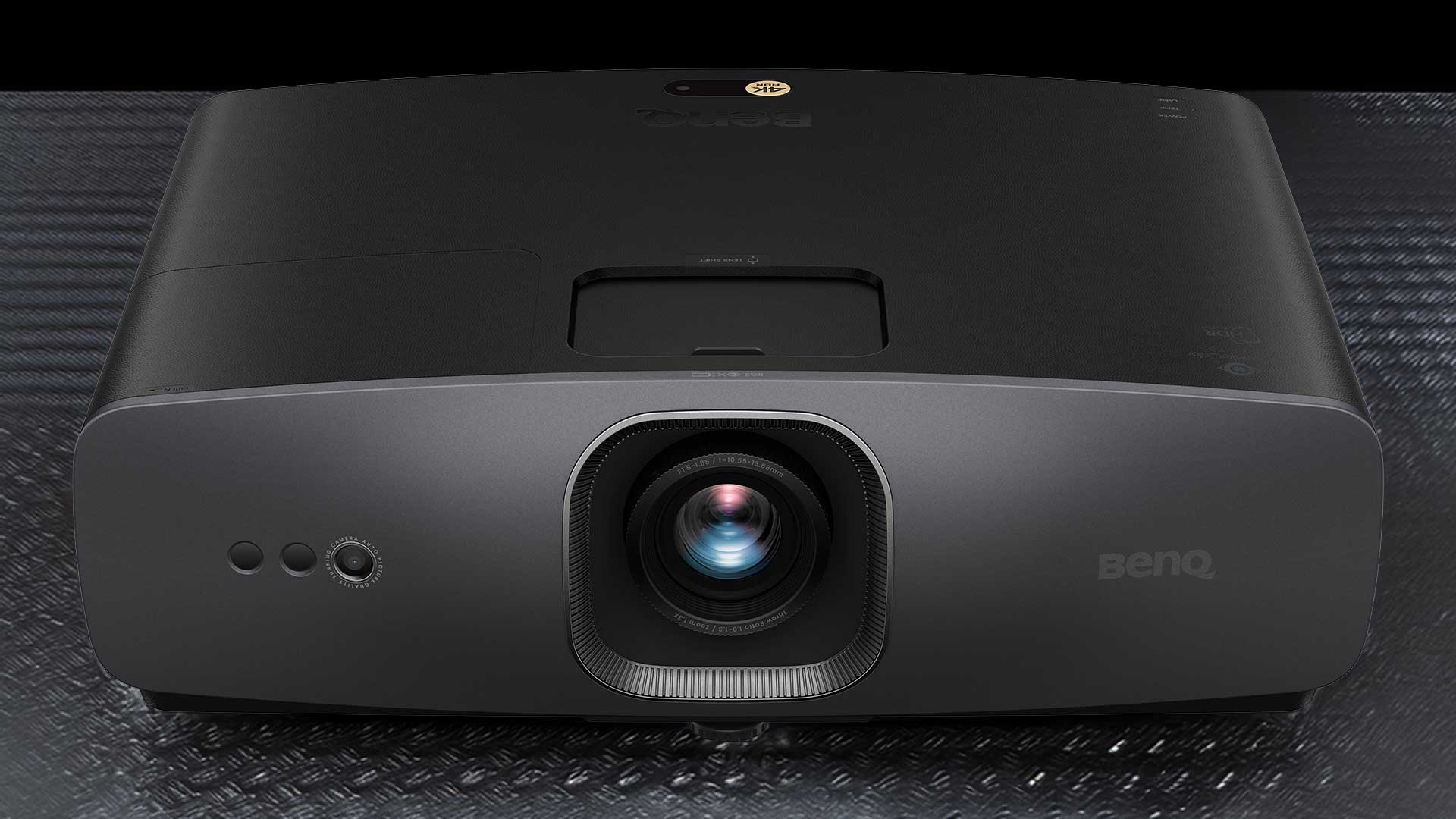
Verdict
The BenQ W2720i projector is the complete deal for those wanting a large better-than-cinema-quality home theatre picture in the home. Couple that with a super long-life light source and very reasonable pricing, and this projector is truly a winner.
You must confirm your public display name before commenting
Please logout and then login again, you will then be prompted to enter your display name.
